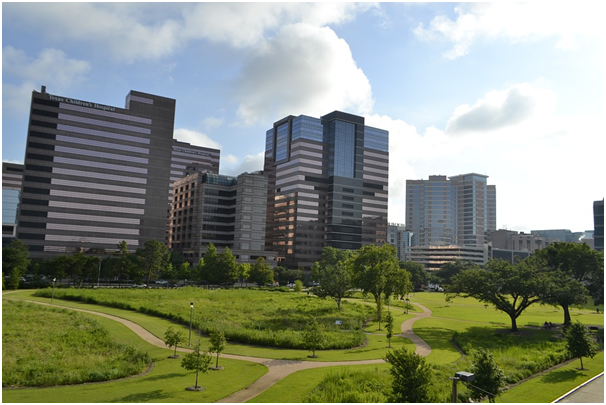Renting a residential property is generally straightforward. You choose an area you like, agree on a rent price, and move in. Commercial property leases can look much different, with many more responsibilities and costs involved.
Failing to do your homework can have severe consequences. Therefore, before leasing your next commercial property, consider doing some of the following:
Aligning Yourself with Experts
Signing up for a new commercial property is not something you will do every day. So, why not ask someone for help who does do this every day? Accountants, brokers, advisors, and commercial real estate agents can all be valuable sources of information when it comes to establishing how much you’ll need to spend and whether the lease agreement is the best option for you.
Commercial real estate agents can also assist with finding you a commercial property in the first place while helping you take care of all the paperwork until you sign on the dotted line and move in.
Repairs and Maintenance
When you own your own residential or commercial property, you expect to spend money on repairs and maintenance to keep it in top condition. What about a property you’re leasing from someone else? There is no one-size-fits-all approach to building maintenance, and every landlord has different expectations.
Some won’t expect you to shell out for a new coat of paint when the old one is tired and flaking off. Yet, some will ask that you manage any wear and tear-related costs. Look for mention of upkeep in the contract to determine what your responsibilities will be.
The Lease Type
Business owners typically agree to two common lease types, and these are percentage leases and gross leases.
A percentage lease involves a tenant making base rental payments plus a percentage of their revenue. It is the most common lease type in retail. This is because it typically has a much lower base rent than a standard lease to make it a more attractive option to tenants.
In contrast, a gross lease incorporates all fees into the square foot price of the premises. Such fees usually include taxes, utilities, and insurance but may also exclude taxes and utilities.
Expected Rent Increases
It’s not uncommon for commercial rent to go up each year. In fact, the average rental increase rate is between two and five percent per year. However, it doesn’t hurt to be aware of what increases you can expect before leasing a commercial property.
You might have only budgeted for the lease figure you’re currently looking at, and there may be no extra room in your budget for a significant increase. Though negotiations with landlords are not uncommon, it’s essential to make sure that you’ve considered how much you can afford now and in the future.
Flexibility with Customization
Branding is important to most businesses, which is why you’ll quite often see buildings painted in a company’s colors, with logos emblazoned across the front.
You might assume that with commercial premises, you can do the same thing. However, that’s not always the case. Every landlord is different when it comes to their expectations and rules around renovations and alterations.
Before you start putting together grand plans involving significant adjustments and upgrades, consider whether your lease agreement allows them. It’s essential to do this before signing on the dotted line. There is certainly a lot to think about when you’re getting ready to lease commercial property. Before you sign up, consider checking on the five elements listed above. The more you understand about your lease, the fewer surprises there will be.




